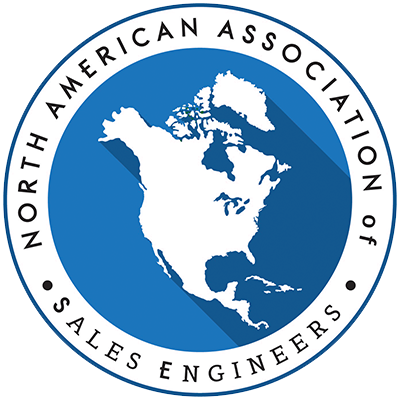-
North AmericanNorth American

Association of Sales Engineers
Association of Sales Engineers
Menu
North American Association of Sales Engineers
By Peter Cohan
“In the field of psychology, the Dunning–Kruger effect is a cognitive bias in which people with low ability at a task overestimate their ability. It is related to the cognitive bias of illusory superiority and comes from the inability of people to recognize their lack of ability. Without the self-awareness of metacognition, people cannot objectively evaluate their competence or incompetence.” [Wikipedia]
In other words, people often don’t know what they don’t know. Interestingly,
“Other investigations of the phenomenon, such as ‘Why People Fail to Recognize Their Own Incompetence’ (2003), indicate that much incorrect self-assessment of competence derives from the person’s ignorance of a given activity’s standards of performance. Dunning and Kruger’s research also indicates that training in a task, such as solving a logic puzzle, increases people’s ability to accurately evaluate how good they are at it.”
[Note: I am certainly not saying that you are incompetent…!]
But consider: In the field of software demos, have you been trained – and in what ways?
There are a number of potential areas of training with respect to software demos:
The product itself:
Presenting the product:
Interacting with the customer:
This list goes on – this is a small starter set to spur conversation.
Now consider just two of these items, “presenting screens” and “communicating value”. Have you been trained on how to do these?
Presenting Screens:
Communicating Value:
Perhaps it’s time to assess yourself – but not by yourself (due to the Dunning-Kruger effect!).
Start by asking a colleague, a mentor, or your manager to review an example demo – but be aware that they may be at a similar level of understanding as you are (particularly if they were the ones who provided the training!).
So, consider asking a customer or a 3rd party to take a look at a sample demo or two. Do you know what you don’t know? What you learn could be enlightening!”